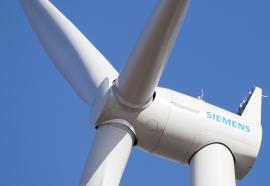Green Gridworks
Case studies on integrating renewable resources.
Where wind integration has been most successful, state authorities developed and adopted basic transmission planning and cost allocation principles before FERC issued Order 1000. Experiences in Texas, California, and Hawaii demonstrate what it takes to overcome permitting and cost allocation barriers—namely, a coherent policy framework and close coordination among stakeholders.







